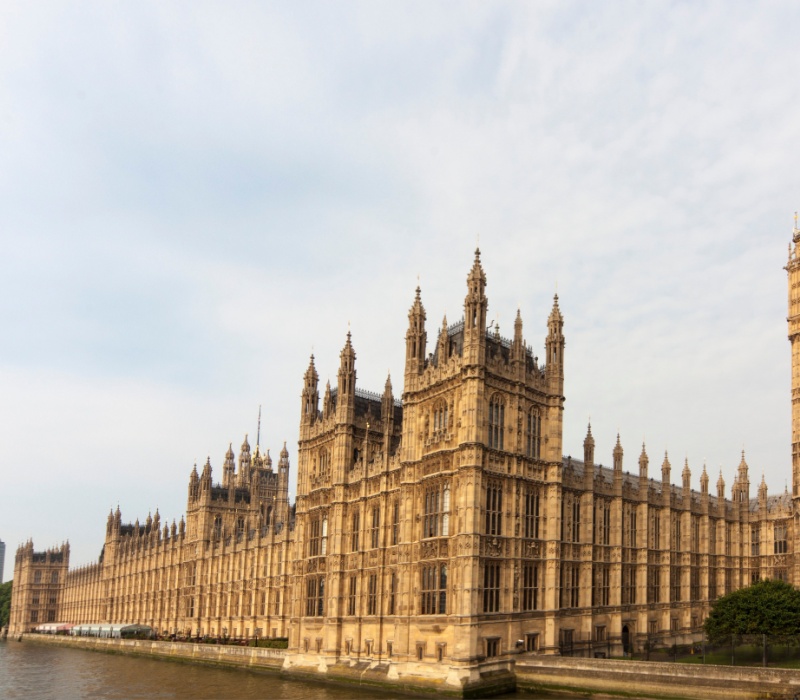Welcome to our latest update on the investment market. We take a quick look at some of the key factors that influenced the stock market in January and could continue to do so over the coming months.
It’s the start of a new year, but when it comes to the markets, many of the persistent challenges we saw in 2019 are continuing to have an impact.
Globally, there continue to be concerns about weak growth. The United Nations has warned that the global economy is weak, stating tensions between the US and China dragged on economic growth last year, whilst the International Monetary Fund has also cut growth forecasts due to ‘increased ocial unrest’.
The latest PwC CEO survey also highlighted a gloomy outlook. It suggests business leaders are more anxious about the global economy and their own prospects.
The outbreak of the Coronavirus is also having an impact globally. Originating in China, the virus spread to several countries in January, creating economic uncertainty and worries for investors. Unfortunately, it doesn’t show signs of going away in February.
UK
The top news in the UK in January 2020 was that the UK will be leaving the EU and is now in the transition period. Whilst Brexit has been declared ‘done’ there are still a lot of uncertainties and complexities that need to be ironed out before the end of the year that could have a significant impact on businesses.
A glance at the headline figures for the UK doesn’t paint an overall positive picture. GDP shrank by 0.3% in November, leaving the three months up to it with growth of just 0.1% in total. It’s the weakest performance we’ve seen since 2012. Both the manufacturing and construction PMI shows the sectors contracted too:
- The manufacturing PMI was higher than estimated but still registered a contraction with 47.5, it’s the second weakest level in over seven years
- The construction sector saw output fall for the eighth consecutive month with a PMI of 44.4
There were suggestions that the Bank of England would cut interest rates again in a bid to boost the economy. Whilst the Monetary Policy Committee opted to maintain the current base rate of 0.75% in January, it doesn’t mean that a cut isn’t on the horizon. At Mark Carney’s final press conference as head of the Bank of England, growth forecasts were cut, with Brexit blamed.
Retail figures published in January didn’t add a positive spin on the economy either. Despite the festive period, UK retail sales slumped in December and were down 1% in the last quarter. With many retailers relying on the quarter to put them in the black, it’s not surprising some have issued profit warnings, including Joules and Superdry.
In other company news, regional airline Flybe was forced to start crisis talks with the government. More than 2,000 jobs were on the line and thousands of flights. Whilst a deal has been reached, the firm is far from safe in the future.
Europe
The negative outlook continues in Europe too. Eurozone growth slows to just 0.1%, could a recession be on the horizon?
Germany is often seen as the stalwart of the Eurozone, but German industry remains stuck in a recession, according to industry body BDI. The organisation expects Germany to grow by just 0.5% this year, signalling that the slowdown is expected to continue in the coming months.
US
Across the Atlantic, things are looking a little more positive. In fact, US manufacturing bucked the trend and posted a PMI of 52.4, signalling growth.
Whilst trade tensions with China continue to have an impact and tariffs remain, talks are now progressing. Phase one of the trade deal is now complete and has been hailed as a ‘momentous deal’ as China agrees to buy $200 billion worth of more goods from the US. Phase two of the trade talks are now underway.
There’s good news coming from well-known US companies too, particularly in the technology sector:
- Apple hit a record high after iPhone demands surpassed sales records with stocks leaping by as much as 2.8% towards the end of January
- Alphabet, the firm that owns Google hit the milestone $1 trillion valuation
- Tesla shares also surged thanks to a fourth-quarter report showing expectations were beat
Asia
China posted growth of just 6.1% in 2019, a near 30-year low. The slump has been linked to the country’s ongoing trade war and could suggest the country’s economy is slowing down after years of rapid growth. However, there are plans to prevent growth from slowing further in 2020 that could help. China’s central bank, the PBOC, plans to cut banks’ reserve ratio requirement and free up around 890 billion yuan of new funds for loans. The market responded to the news with strong trading.
But one issue in China is the Coronavirus. As the origin of the virus, China has so far been hit the worst and there are growing concerns that it poses a threat to Chinese economic growth.
Read our blog for more investment updates.
If you have any concerns about your investment portfolio in light of recent events, please get in touch.
Please note: The value of your investment can go down as well as up and you may not get back the full amount you invested. Past performance is not a reliable indicator of future performance.



